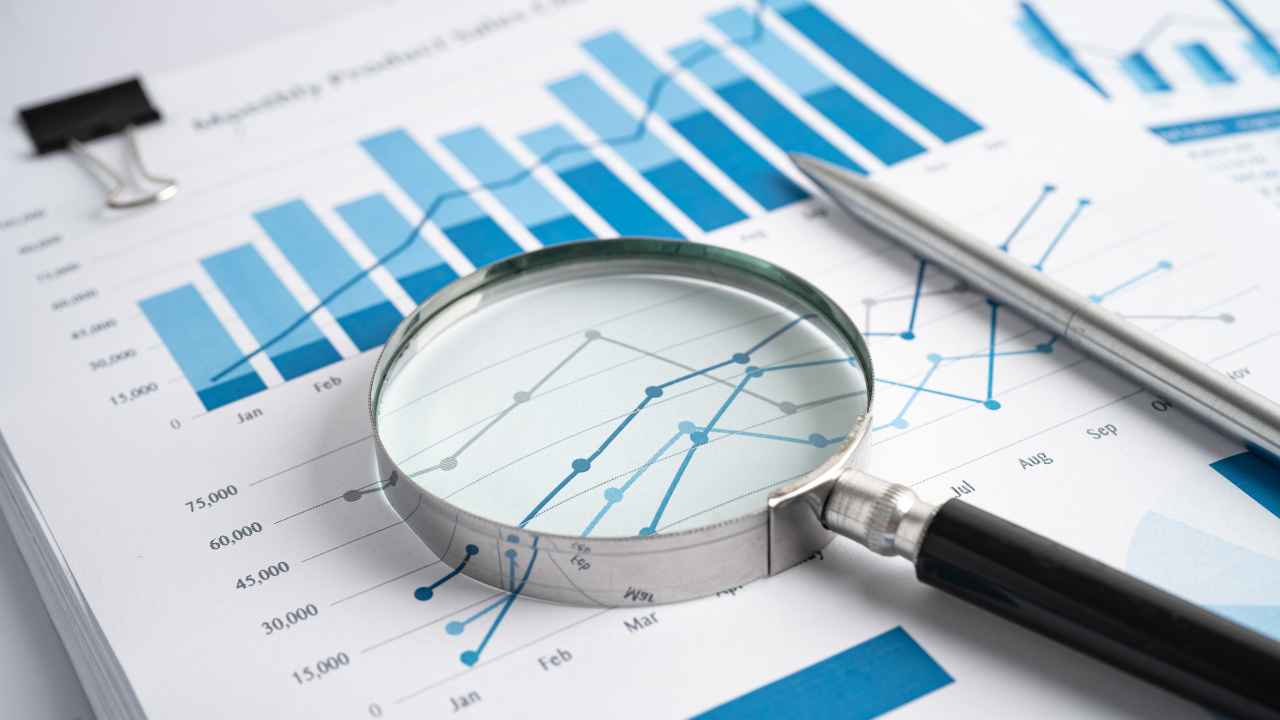Friday Jun 21 2024 03:09

7 min

When it comes to analysing data, deviation is a crucial statistical concept that helps us understand the spread or dispersion of values within a dataset. Deviation allows us to measure how different individual data points are from the average or central tendency.
There are different types of deviation measures used in statistics, with two commonly used ones being standard deviation and average deviation. In this article, I will delve into the key differences between these two measures and when it is appropriate to use each one.
Average deviation, also known as mean deviation, is a measure of dispersion that quantifies how much the data points in a dataset deviate from the mean.
It is calculated by finding the absolute difference between each data point and the mean, summing up these differences, and dividing the sum by the total number of data points.
Average deviation provides a straightforward way to understand the overall variability of a dataset.
To calculate the average deviation, follow these steps:
For example, let's consider the dataset [4, 5, 6, 7, 8]. The mean of this dataset is (4+5+6+7+8)/5 = 6. The absolute differences from the mean are [2, 1, 0, 1, 2]. The sum of these absolute differences is 6. Dividing this sum by the total number of data points (5), we get an average deviation of 1.2.

While average deviation provides a useful measure of dispersion, it has some limitations. One major limitation is that it does not take into account the direction of the deviations. By taking the absolute values, it treats positive and negative deviations equally.
This can be problematic when analysing datasets where the direction of deviation is important, such as in finance or quality control. Additionally, average deviation is sensitive to extreme values or outliers in the dataset, which can skew the results.
Standard deviation is another measure of dispersion that quantifies the spread of data points around the mean. Unlike average deviation, standard deviation takes into account the direction of deviations by squaring the differences from the mean.
This ensures that larger deviations are given more weight in the calculation. Standard deviation provides a more comprehensive understanding of the variability within a dataset.
To calculate the standard deviation, follow these steps:
For example, let's consider the dataset [4, 5, 6, 7, 8]. The mean of this dataset is 6. The differences from the mean are [-2, -1, 0, 1, 2]. Squaring these differences gives [4, 1, 0, 1, 4]. The mean of these squared differences is 2. Taking the square root of 2 gives a standard deviation of approximately 1.41.

Standard deviation and average deviation are related measures of dispersion, but they differ in their calculations and interpretations. Standard deviation provides a more precise measure of variability by considering the squared differences from the mean.
On the other hand, average deviation provides a simpler measure that takes into account the absolute differences from the mean. In fact, standard deviation can be thought of as an average of the squared deviations, while average deviation is calculated as the mean of the absolute deviations.
The choice between standard deviation and average deviation depends on the specific requirements of your technical analysis.
Standard deviation is widely used in statistical analysis and is preferred when you need a more precise measure of dispersion. It is especially useful when dealing with normally distributed datasets or when comparing the variability of different datasets.
On the other hand, average deviation is simpler to calculate and interpret, making it suitable for quick exploratory analysis or when the direction of deviations is important.
To better understand the practical applications of standard deviation and average deviation, let's consider some real-world examples. In finance, standard deviation is often used to measure the volatility of stock prices or investment returns. A higher standard deviation indicates greater price or return fluctuations, which may be associated with higher risk.
On the other hand, the average deviation can be useful in quality control to measure the deviation of product specifications from the desired target. It helps identify the average discrepancy from the target value, giving insights into the overall quality of the production process.
Standard deviation and average deviation are both measures of dispersion that help us understand the spread of data points in a dataset.
While standard deviation provides a more precise measure by considering the squared differences from the mean, average deviation offers a simpler calculation that takes into account the absolute differences. The choice between these two measures depends on the specific requirements of your analysis and the nature of your dataset.
By understanding the differences and applications of standard deviation and average deviation, you can make informed decisions when analysing and interpreting data. So, next time you encounter a dataset, consider the appropriate deviation measure that best suits your needs.
Ready to trade with Markets? Creating an account is easy!
When considering “CFDs” for trading and price predictions, remember that trading CFDs involves a significant risk and could result in capital loss. Past performance is not indicative of any future results. This information is provided for informative purposes only and should not be considered investment advice.